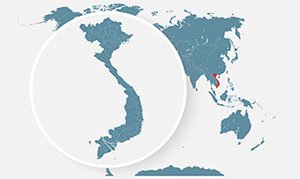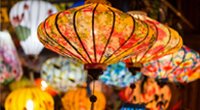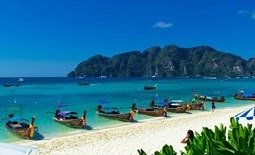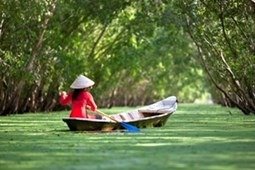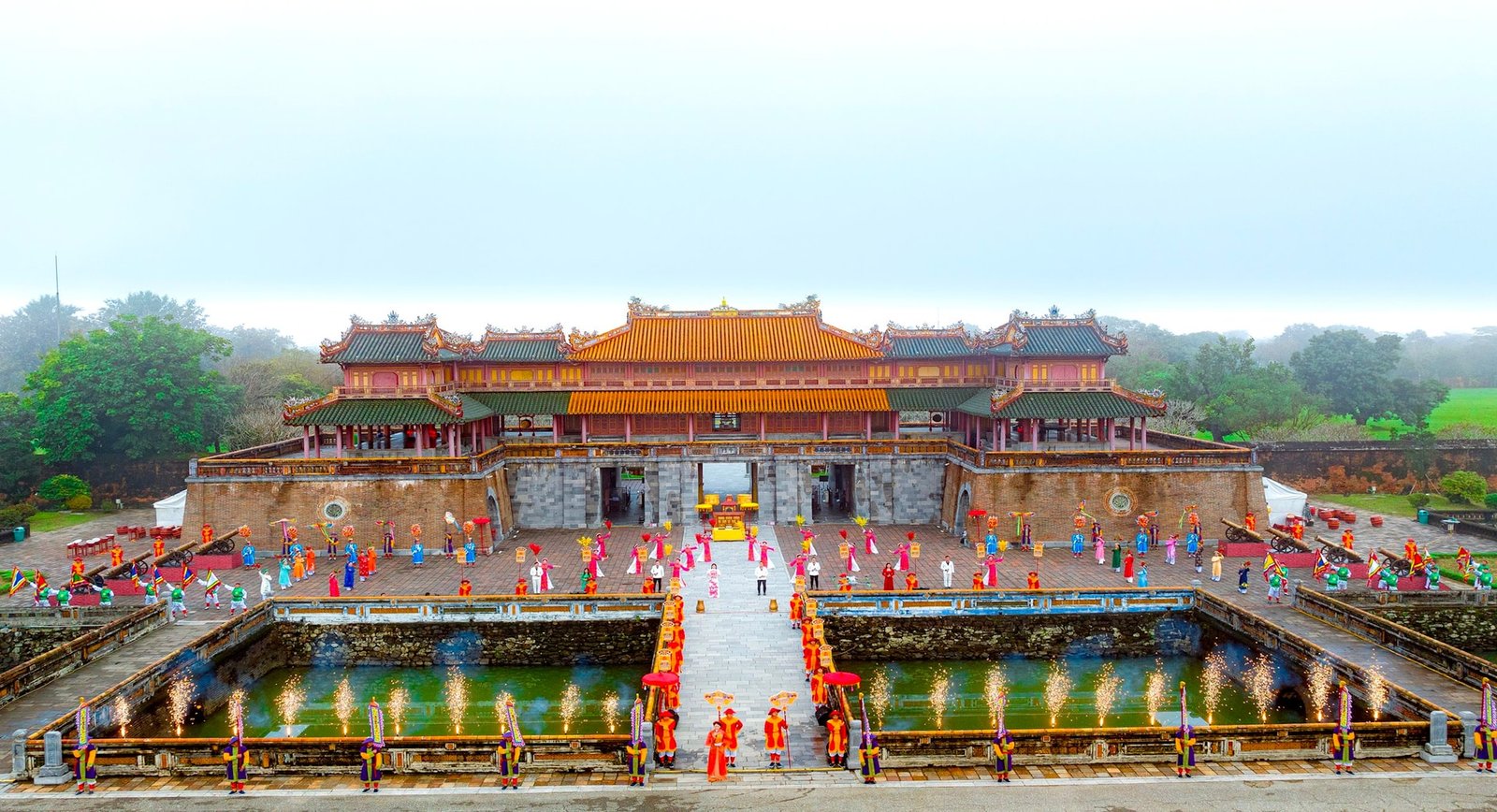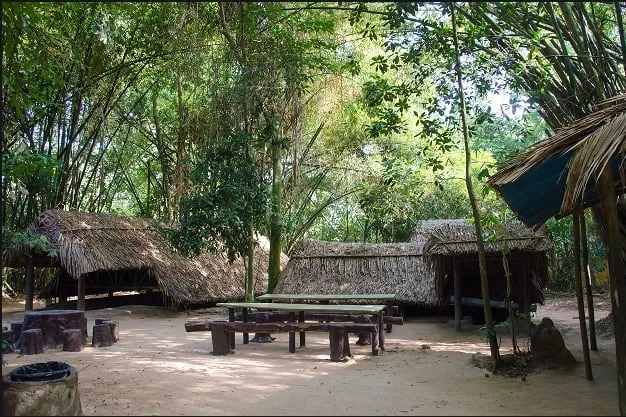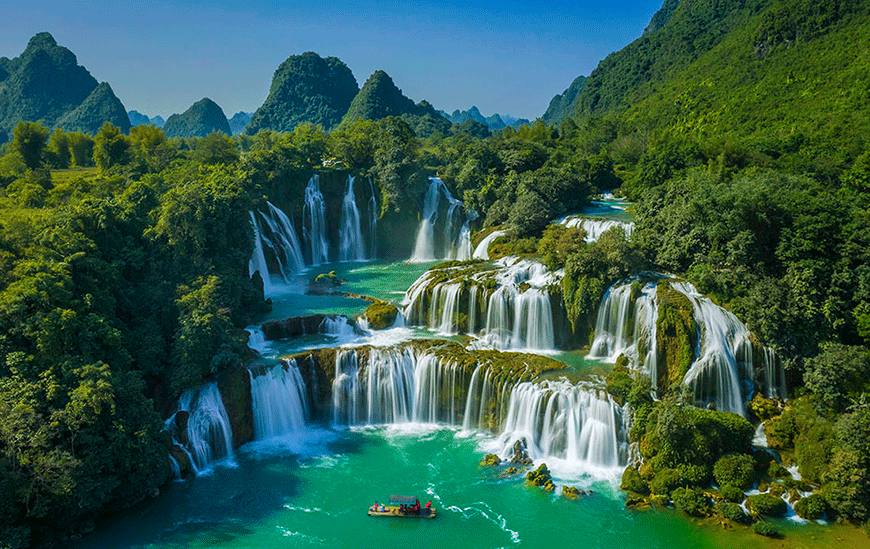Contents
ToggleWhere Is Hue Located?
Huế is located in central Vietnam, nestled between Hanoi to the north and Ho Chi Minh City to the south. It lies just north of Da Nang, and the two cities are connected by the breathtaking Hai Van Pass—a coastal mountain road famed for its panoramic views of the ocean and lush hillsides. This scenic route is often considered one of the most beautiful drives in Vietnam.
Huế enjoys a diverse natural landscape, with more than 120 kilometers of coastline stretching along the East Sea. The region combines peaceful beaches, misty mountains, and tranquil lagoons, making it an appealing destination for nature lovers and cultural travelers alike.
Historically, Huế served as the imperial capital of Vietnam during the Nguyễn Dynasty (1802–1945), the last ruling dynasty of the country. Its royal heritage has earned it the title “City of Lost Glory”, a reference to its faded grandeur and timeless traditions. Today, many of Huế’s ancient landmarks—palaces, tombs, pagodas, and temples—are preserved as part of a UNESCO World Heritage Site.
Whether you’re drawn by its historical depth, spiritual atmosphere, or quiet beauty, Huế offers a uniquely reflective experience that captures the soul of Vietnam.
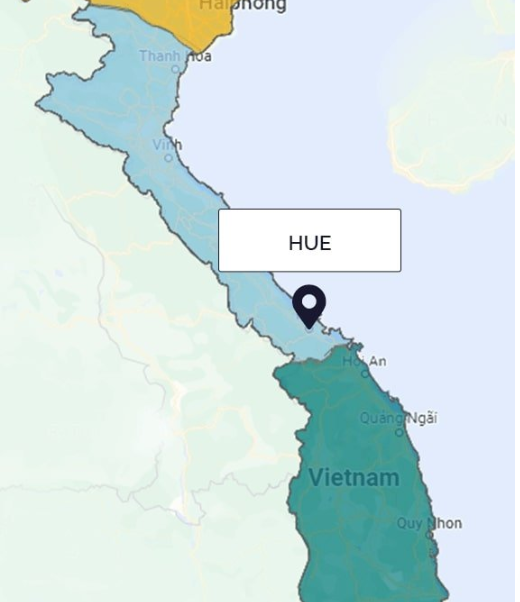
Hue – Vietnam’s Former Imperial Capital
Huế served as the imperial capital of Vietnam during the reign of the Nguyễn Dynasty, from 1802 to 1945. As the political, cultural, and spiritual heart of the nation for more than a century, Huế is a treasure trove of history, architecture, and tradition.
At the heart of the city lies the Imperial Citadel (Kinh Thành Huế), a vast walled complex modeled after Beijing’s Forbidden City. This UNESCO World Heritage Site includes royal palaces, gates, temples, and administrative buildings—many of which are currently being restored to their former glory.
Huế is also known for its royal tombs, each uniquely designed to reflect the personality and philosophy of the emperor it honors. The most notable include the tombs of Emperor Minh Mạng, Tự Đức, and Khai Định, blending Confucian ideals with natural harmony and artistic grandeur.
In addition to its imperial legacy, Huế is sometimes referred to as the “Conical Hat Capital” of Vietnam. Local artisans handcraft non la (Vietnamese conical hats), many of which are intricately embroidered or inscribed with poetry—earning them the poetic nickname nón bài thơ (poem hats).
One of the city’s most recognizable modern landmarks is the Tràng Tiền Bridge, built in 1899 during French colonial rule. Stretching across the Perfume River, it’s a symbol of Huế’s unique blend of tradition and modernity.
Finally, no visit to Huế is complete without sampling its royal cuisine—a refined culinary tradition that once catered to emperors. Today, these beautifully presented dishes, including bánh bèo, bánh khoái, and nem lui, are widely available in the city’s restaurants and markets, offering a taste of imperial indulgence.
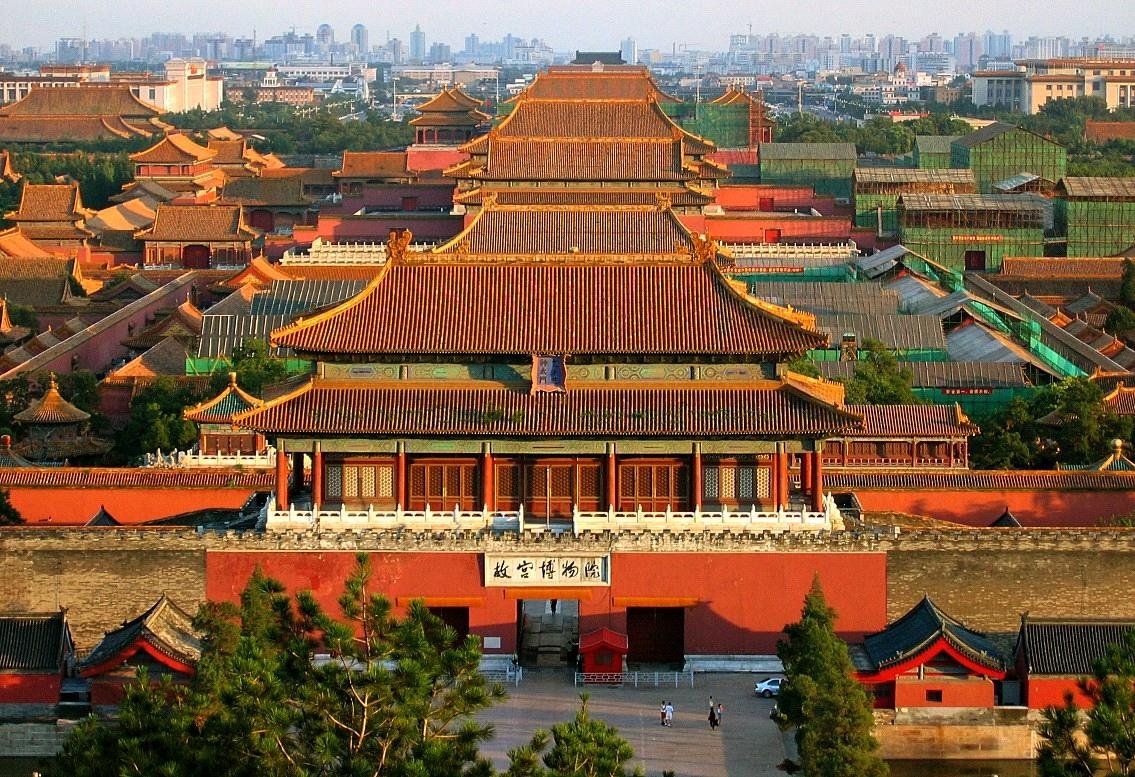
How to Get to Hue
Huế is easily accessible from major cities across Vietnam, with several convenient transport options depending on your budget and travel style:
✈️ By Air
The fastest way to reach Huế is by air. Direct flights from Hanoi or Ho Chi Minh City take approximately 1 hour, operated by Vietnam Airlines, VietJet Air, and Bamboo Airways. Flights arrive at Phu Bai International Airport (HUI), located about 15 km from the city center. Taxis and shuttle buses are readily available for onward travel into town.
🚆 By Train
Traveling to Huế by train is a scenic and affordable option. The North–South Railway line passes through the Hai Van Pass, offering spectacular views of the coastline, jungle-covered mountains, and fishing villages. The journey from Da Nang takes about 2.5–3 hours, while trips from Hanoi or Ho Chi Minh City are longer (10–14 hours), but comfortable with sleeper cabins available.
🚌 By Bus / Sleeper Bus
Long-distance buses and sleeper coaches connect Huế with Hanoi, Da Nang, Hoi An, and Ho Chi Minh City. This is often the cheapest method of travel, though less comfortable over long distances. Travel time ranges from 12 to 14 hours depending on the route and traffic conditions.
Getting Around Hue
Hue is a compact, walkable city with many major attractions located near the Perfume River. To explore at a leisurely pace, consider:
- 🚲 Bicycles: Affordable rentals are available everywhere and ideal for short distances.
- 🚲 Cyclos (pedicabs): A relaxing and nostalgic way to tour historic sites and the riverside.
- 🛵 Scooters: Available for rent if you’re comfortable navigating traffic.
- 🚕 Taxis and ride-hailing apps: Useful for longer distances or airport transfers.
Suggested routes include the Imperial City, Dong Ba Market, and the riverside promenade, where you can enjoy local food, colonial architecture, and beautiful sunsets.
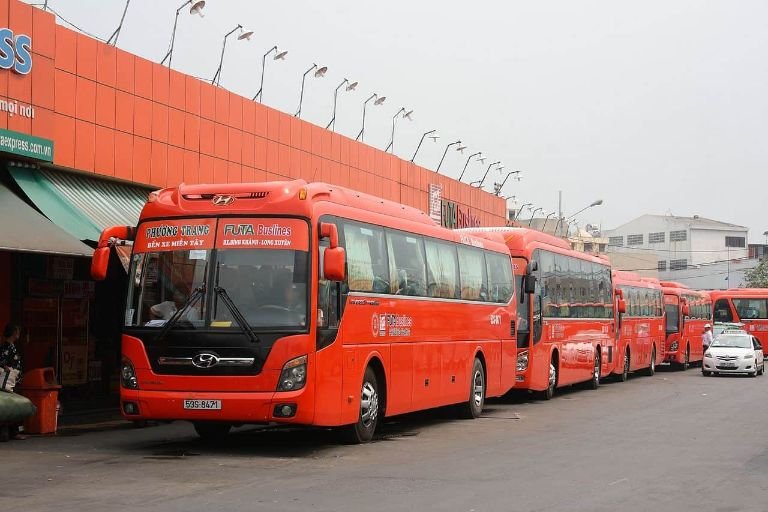
Top Things to Do in Hue
Huế offers a rich tapestry of cultural, historical, and natural experiences. From majestic imperial architecture to peaceful countryside escapes, here are the top attractions you shouldn’t miss:
4.1. The Imperial City of Huế (Đại Nội)
The crown jewel of Huế’s UNESCO World Heritage status, this vast walled complex was once the seat of the Nguyễn emperors. Influenced by Eastern geomancy and French military architecture, the Imperial City includes palaces, temples, gates, and courtyards that echo Vietnam’s royal grandeur.
🕰 Opening Hours: 7:00 AM – 5:30 PM
🎟 Admission: 200,000 VND (combo tickets available with tombs)
4.2. Royal Tombs of the Nguyễn Emperors
Scattered west of the Citadel, these seven royal mausoleums reflect traditional feng shui principles and unique architectural styles, each narrating a different emperor’s legacy.
🔹 Tu Duc Tomb – Poetic and tranquil, set in a pine forest
🔹 Minh Mang Tomb – Symmetrical and spiritual, with lakes and gardens
🔹 Khai Dinh Tomb – Grandiose and European-influenced, built from concrete on a steep hill
💡 Traveler Tip:
- French visitors often favor Minh Mang
- British and Japanese tourists are drawn to the elaborate detail of Khai Dinh
4.3. Thuy Xuan Incense Village
Located just 7 km southwest of Huế, this colorful village is renowned for hand-making incense sticks in vibrant hues. It’s a favorite for photography, especially when paired with a rental ao dai (Vietnamese traditional dress).
4.4. Dong Ba Market
As Hue’s oldest and busiest market, Dong Ba is the perfect place to experience local life. Shop for conical hats, try royal-inspired street food, or buy handcrafted souvenirs near the historic Trang Tien Bridge.
4.5. Perfume River (Sông Hương)
Take a sunset boat ride along this poetic river, often accompanied by traditional Vietnamese music. The riverbanks are home to pagodas, ancient villages, and the spiritual heart of the city.
4.6. Thien Mu Pagoda
Perched on a hill overlooking the Perfume River, this iconic 7-story pagoda is a symbol of Huế. Founded in 1601, it features tranquil gardens, bonsai trees, and historic artifacts.
4.7. Trúc Chỉ Garden
Located at 52 Nguyen Phuc Nguyen Street, this creative studio specializes in Trúc Chỉ—a revival of Vietnamese bamboo paper art. Visitors can try making their own piece or purchase beautiful handcrafted designs.
4.8. Tam Giang Lagoon
Roughly 45 minutes from the city, this vast lagoon is best visited at sunset. It’s an authentic place to witness rural fishing life, enjoy seafood, and capture serene photographs of local stilt houses.
4.9. Thuy Bieu Village
Only 6 km from central Huế, Thuy Bieu is perfect for a leisurely bike ride. Discover traditional wooden homes, pomelo orchards, and rustic gardens along quiet rural paths.
4.10. Lăng Cô Bay & Beach
Located between Huế and Da Nang, Lăng Cô boasts turquoise waters, white sand beaches, and a charming fishing village. It’s a peaceful retreat known for fresh seafood and stunning sunrises.
4.11. Hai Van Pass
Dubbed one of the most scenic coastal roads in the world, the Hai Van Pass offers panoramic views of the East Sea and surrounding mountains. From the summit, you can see both Lăng Cô Bay and Da Nang on clear days.
4.12. An Bang Cemetery (“City of Ghosts”)
About 35 km from Huế, this extraordinary cemetery features elaborate tombs influenced by Buddhist, Christian, Taoist, and Vietnamese folk styles. Though not an official tourist site, its surreal beauty attracts photographers and culture enthusiasts alike.
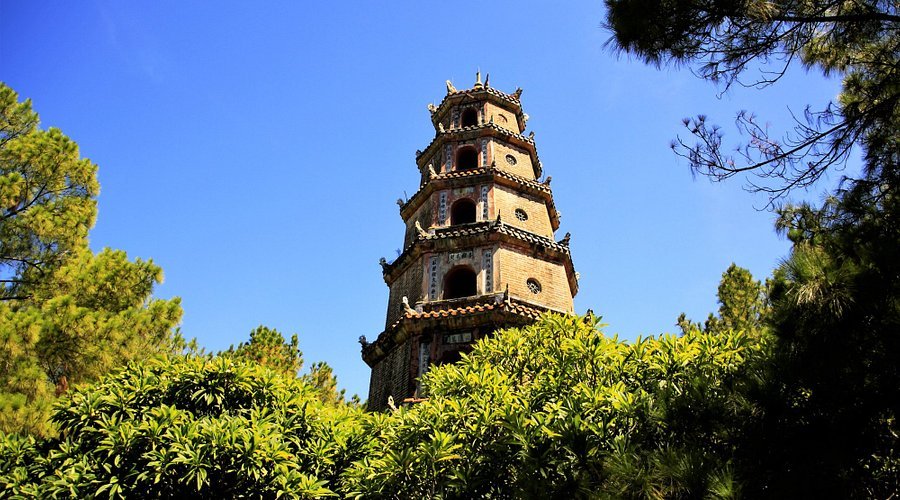
When Is the Best Time to Visit Hue?
Huế has a tropical monsoon climate with distinct seasons that shape your travel experience. Here’s what to expect throughout the year:
🌸 Spring (Late January – March)
This is one of the best times to visit Huế. The weather is mild, with average temperatures around 20–25°C (68–77°F). Flowers are in bloom, and the city comes alive with festivals, especially Tet (Lunar New Year). Expect occasional light rain but generally pleasant conditions for sightseeing.
☀️ Summer (April – August)
Ideal for beach lovers and sun-seekers. Days are hot and sunny, with temperatures reaching up to 35°C (95°F). It’s the perfect season to enjoy Lang Co Beach, Tam Giang Lagoon, and outdoor adventures. Be sure to stay hydrated and protect yourself from the sun.
🌧️ Rainy Season (September – December)
This is Huế’s wettest period, with heavy rainfall, especially in October and November. Flooding is possible during these months, so it’s important to check the weather forecast and travel advisories. That said, the rains bring a lush, misty atmosphere that adds poetic charm to the city—if you’re prepared.
✅ Travel Tip:
The ideal months to visit are February to May, when the weather is most comfortable and sightseeing conditions are excellent.
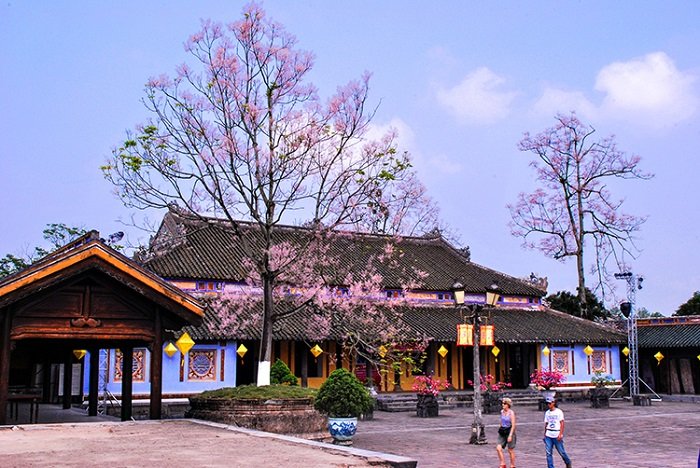
Must-Try Hue Dishes
Huế is renowned for its royal cuisine—refined, colorful, and bursting with bold flavors. Here are a few iconic dishes you shouldn’t miss:
🍜 Bún Bò Huế
This is Huế’s signature noodle soup—rich, spicy, and aromatic. It features beef shank, pork knuckle, and lemongrass-infused broth, often topped with fresh herbs, lime, and chili oil. Unlike pho, it’s heartier and has a deeper, more complex flavor.
🥟 Bánh Bột Lọc
These translucent tapioca dumplings are stuffed with shrimp and/or pork belly and steamed (sometimes boiled). Wrapped in banana leaves or served plain, they’re chewy, savory, and often dipped in sweet chili fish sauce.
🥣 Cơm Hến
A humble yet iconic local dish: baby clams served over rice (or noodles) with shredded green banana, herbs, crispy pork skin, roasted peanuts, and a splash of spicy clam broth. It’s a perfect balance of textures and flavors—salty, spicy, and tangy.
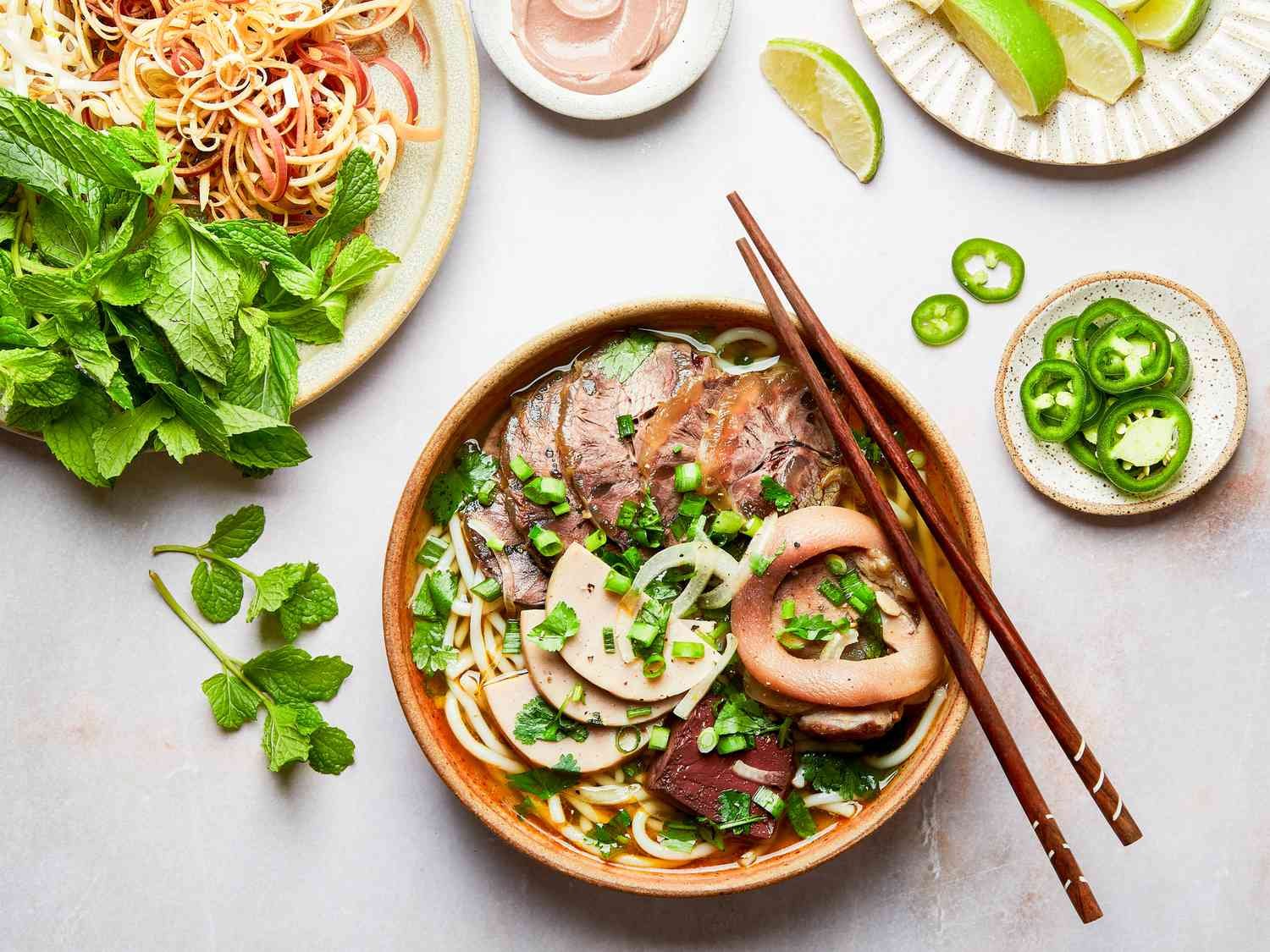
How Many Days Should You Spend in Hue?
⏳ Short Stay (2 Days)
Perfect for first-time visitors. You’ll have enough time to explore the Imperial City, visit a few royal tombs, and enjoy a sunset cruise on the Perfume River.
🌿 Ideal Stay (3 Days)
Gives you time to slow down and dig deeper into Huế’s charm. Explore Thuy Xuan Incense Village, take a bike ride through Thuy Bieu village, visit Tam Giang Lagoon, and discover more hidden gems off the beaten path.
🧳 Planning a Longer Journey?
Consider our curated 14-Day North-to-South Vietnam Heritage Route, which features Huế as a cultural highlight—perfect for those looking to connect the dots between Vietnam’s royal past and vibrant present.
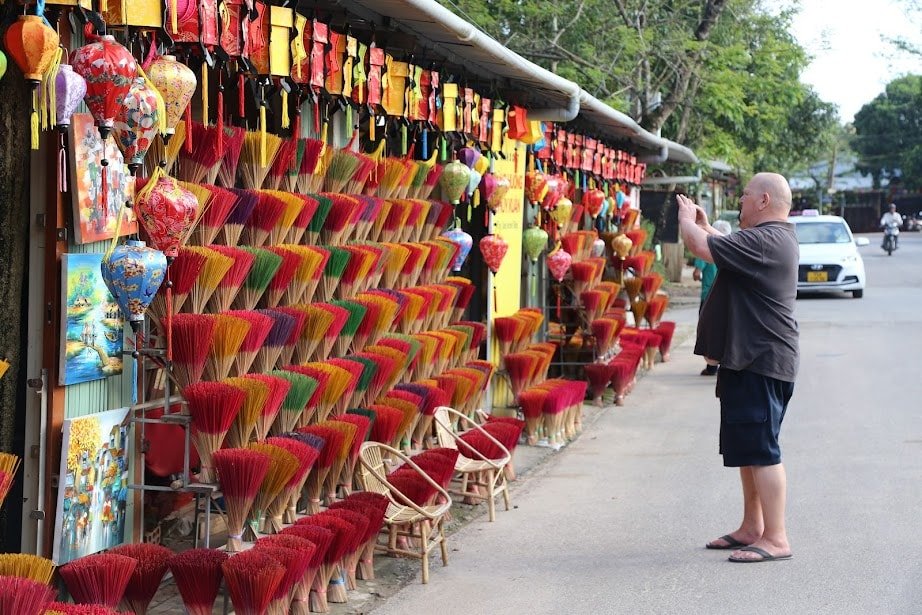
Final Thoughts: Why Hue Should Be on Your Vietnam Bucket List
Hue offers a rare combination of imperial grandeur, cultural depth, and natural beauty. Whether you’re fascinated by history, intrigued by traditional arts, or simply craving flavorful Vietnamese cuisine—Hue will leave a lasting impression.
So, are you ready to discover the soul of Vietnam? Let Hue be your next unforgettable adventure.
From dramatic landscapes to ancient temples and peaceful villages, Ninh Binh offers a rich mix of nature, culture, and adventure. Whether you’re here for a day or several, these activities will help you make the most of your time in this serene corner of Vietnam.

